SOL: 10
Name of person filing report: Kasey Hilton
Non-nominal systems: Nothing to report
Notes on non-nominal systems: Nothing to report
Generator (hours run): 16hr 32min; Turned on last night (07Jan2019) at 16:26; Turned off this morning (08Jan2019) at 8:58; Turned on tonight (08Jan2019) at 16:33
Solar SOC – Turned on (07Jan2019) 79%; Turned off (08Jan2019) 100%; Turned on (08Jan2019) 80%
Diesel Reading – 70%
Propane Reading – 39%
Ethanol Free Gasoline – Not in use
Water (auxiliary tank) – Not in use
Water (static tank) – About 55%; 295 gallons
Auxiliary to Static tank transfer – No
Gallons transferred: Not applicable
Water in GreenHab – About 65%; 190 gallons
Water (loft) – At level marker 12
Static to Loft Pump used – Yes; At 20:01 to refill tank
Water Meter: 01398995
Toilet tank emptied: No
Deimos rover used: No, still not functional
Hours: Not applicable
Beginning charge: Not applicable
Ending charge: Not applicable
Currently charging: Not applicable
Sojourner rover used: ASSIGNED TO DIRECTOR
Hours: Not applicable
Beginning charge: Not applicable
Ending charge: Not applicable
Currently charging: Not applicable
Spirit rover used: No
Hours: 66.2
Beginning charge: 100%
Ending charge: 100%
Currently charging: Yes
Opportunity rover used: No
Hours: 45.4
Beginning charge: 100%
Ending charge: 100%
Currently charging: Yes
Curiosity rover used: No
Hours: 68.0
Beginning charge: 100%
Ending charge: 100%
Currently charging: Yes
Notes on rovers: Brake fluid in Opportunity was replaced but the brakes are still not functioning properly
ATV’s Used: Honda, YODA (300), 350.1 (Honda, 300, 350.1, 350.2, 350.3)
Reason for use: Geology EVA that was too long for rovers
Oil Added? No
ATV Fuel Used: About half a gallon; Still mostly full
# Hours the ATVs were Used today: 2.5 hrs
Notes on ATVs: ATVs returned very muddy due to the melting snow; An engineering EVA will be made to attempt to get some of the mud off of them
HabCar used and why, where? Not used
CrewCar used and why, where? Off site
General notes and comments: Nothing to report
Summary of internet: Internet usage is back to normal
Summary of suits and radios: Nothing to report
Summary of Hab operations: Side panel is no longer banging against the side of the Hab due to lack of wind; Has not been fixed yet but should be fixed in the next few days
Summary of GreenHab operations: Nothing to report
Summary of ScienceDome operations: Hot plate is not being used until it can be cleaned
Summary of RAMM operations: Nothing to report
Summary of any observatory issues: Nothing to report
Summary of health and safety issues: Nothing to report
Questions, concerns and requests to Mission Support: Nothing to report


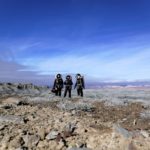
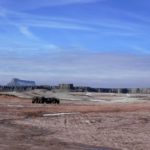
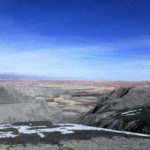
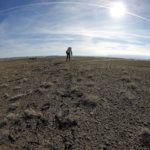
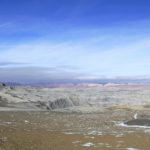
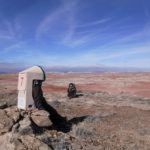
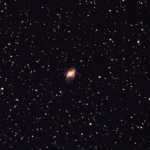
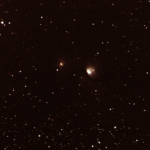
You must be logged in to post a comment.